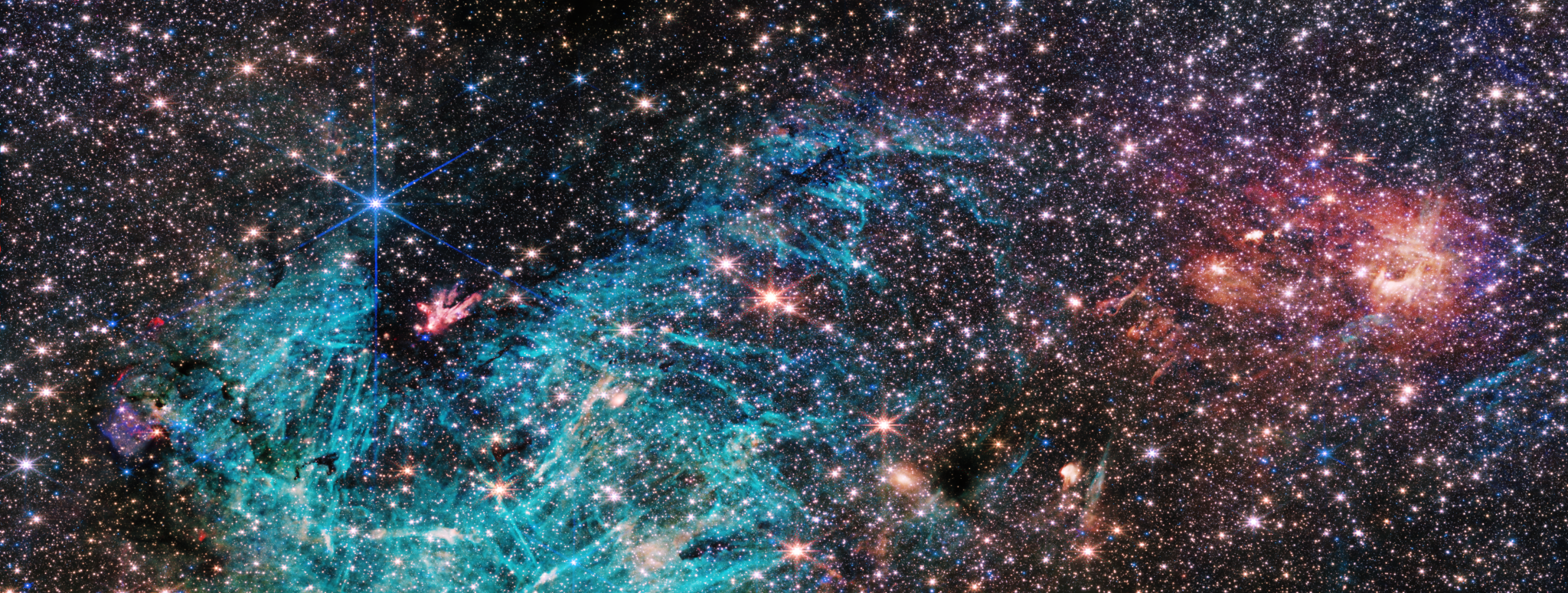2023-11-21 ロイヤルメルボルン工科大学(RMIT)
◆オーストラリアでのPFAS製造はないが、高い濃度の謎を解明する必要性が浮かび上がり、将来の生存への影響が懸念される。環境中の新たな化学物質もイルカに蓄積しており、ブルーナンイルカの保護と保存に向けた研究の重要性が強調された。
<関連情報>
- https://www.rmit.edu.au/news/all-news/2023/nov/victorian-dolphins-pfas
- https://www.sciencedirect.com/science/article/pii/S0048969723070663?via%3Dihub
オーストラリア南東部のイルカにおけるペルフルオロアルキル物質とポリフルオロアルキル物質(PFAS)の肝臓濃度: 世界で報告された中で最高値 Hepatic concentrations of per– and polyfluoroalkyl substances (PFAS) in dolphins from south-east Australia: Highest reported globally
Chantel S. Foord, Drew Szabo, Kate Robb, Bradley O. Clarke, Dayanthi Nugegoda
Science of The Total Environment Available online: 12 November 2023
DOI:https://doi.org/10.1016/j.scitotenv.2023.168438
Highlights
•25 PFASs quantifiable in stranded dolphin hepatic tissue across Victoria, Australia
•Highest reported dolphin hepatic ∑PFOS (maximum; 18,700 ng/g ww)
•Inshore dolphins have higher PFAS concentrations than offshore dolphins.
•PFOS values exceed thresholds for health impacts by >10×.
•Novel compounds PFMPA, PFECHS and 6:2 Cl-PFESA found at high detection rates.
Abstract
Per– and polyfluoroalkyl substances (PFAS) concentrations were investigated in hepatic tissue of four dolphin species stranded along the south-east coast of Australia between 2006 and 2021; Burrunan dolphin (Tursiops australis), common bottlenose dolphin (Tursiops truncatus), Indo-Pacific bottlenose dolphin (Tursiops aduncus), and short-beaked common dolphin (Delphinus delphis). Two Burrunan dolphin populations represented in the dataset have the highest reported global population concentrations of ∑25PFAS (Port Phillip Bay median 9750 ng/g ww, n = 3, and Gippsland Lakes median 3560 ng/g ww, n = 8), which were 50–100 times higher than the other species reported here; common bottlenose dolphin (50 ng/g ww, n = 9), Indo-Pacific bottlenose dolphin (80 ng/g ww, n = 1), and short-beaked common dolphin (61 ng/g ww, n = 12). Also included in the results is the highest reported individual ∑25PFAS (19,500 ng/g ww) and PFOS (18,700 ng/g ww) concentrations, at almost 30 % higher than any other Cetacea reported globally.
Perfluorooctane sulfonate (PFOS) was above method reporting limits for all samples (range; 5.3–18,700 ng/g ww), and constituted the highest contribution to overall ∑PFAS burdens with between 47 % and 99 % of the profile across the dataset. The concentrations of PFOS exceed published tentative critical concentrations (677–775 ng/g) in 42 % of all dolphins and 90 % of the critically endangered Burrunan dolphin.
This research reports for the first time novel and emerging PFASs such as 6:2 Cl-PFESA, PFMPA, PFEECH and FBSA in marine mammals of the southern hemisphere, with high detection rates across the dataset. It is the first study to show the occurrence of PFAS in the tissues of multiple species of Cetacea from the Australasian region, demonstrating high global concentrations for inshore dolphins. Finally, it provides key baseline knowledge to the potential exposure and bioaccumulation of PFAS compounds within the coastal environment of south-east Australia.
Graphical abstract




